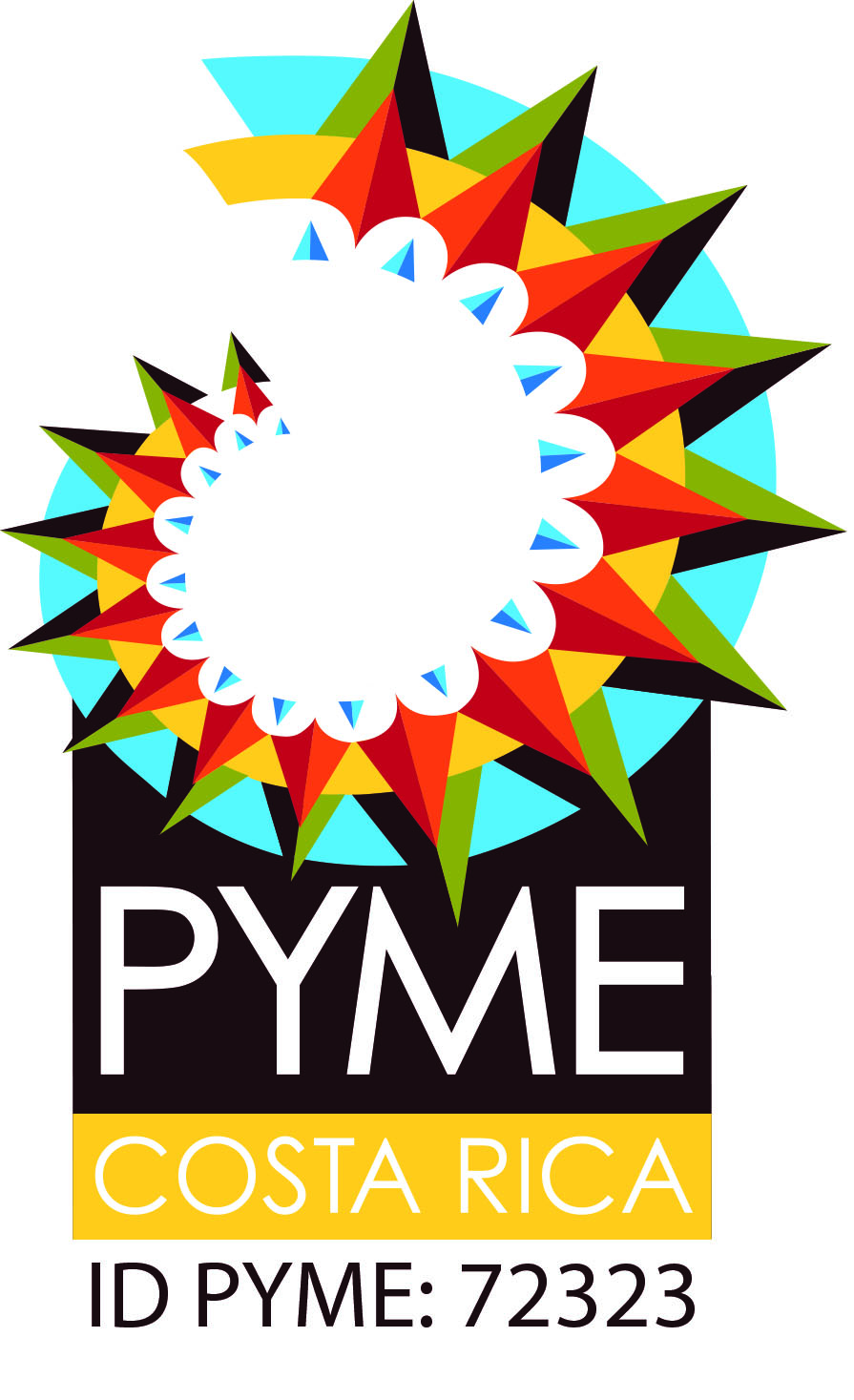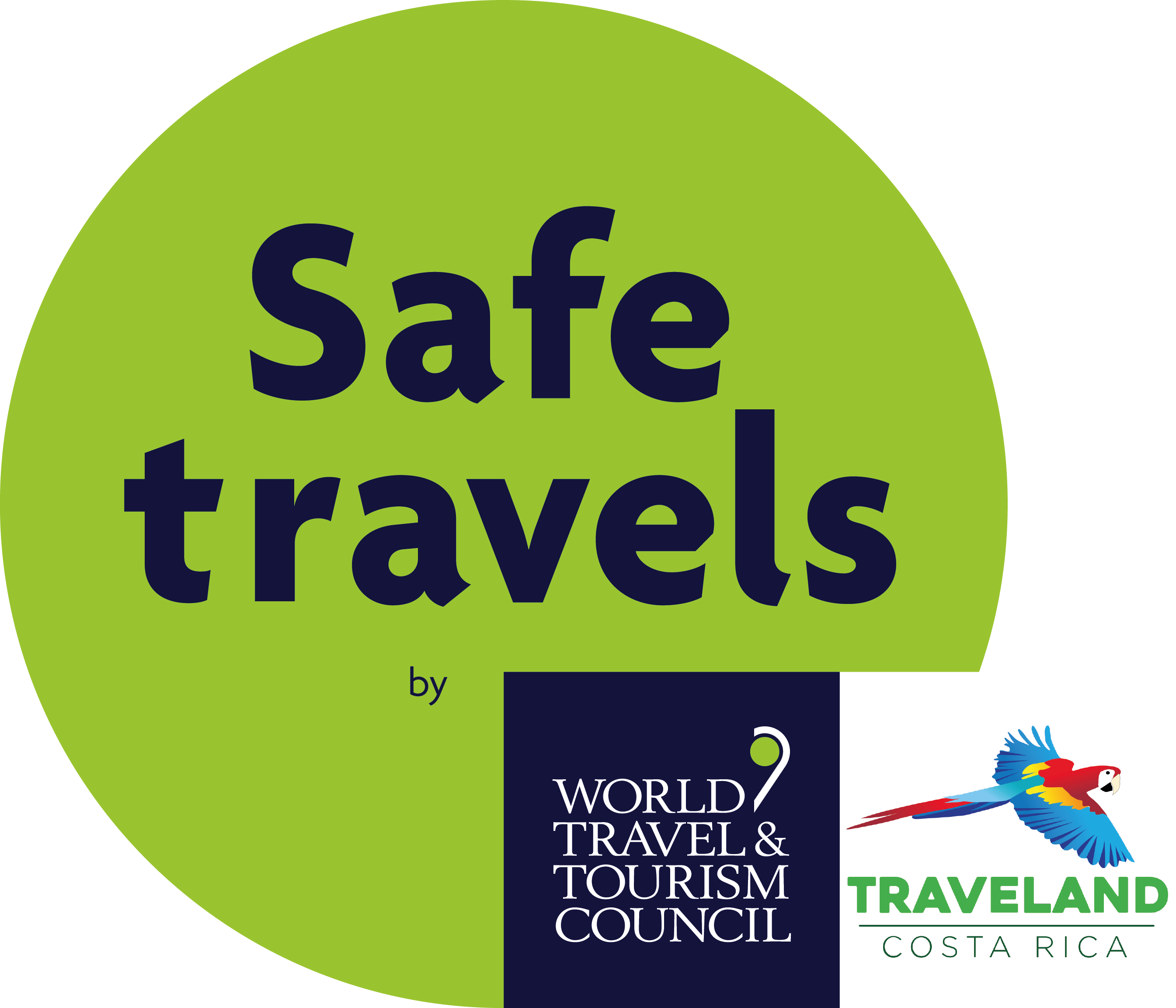Costa Rica FAQ
Welcome to our Costa Rica Travel FAQ page, where we’ve compiled all the essential information you need to make your dream vacation to this tropical paradise a reality. Here are some answers to common questions to help you plan your unforgettable journey:
Costa Rica’s peak tourist season is during the dry season, from December to April. This period offers plenty of sunshine and ideal conditions for outdoor activities. The rainy season, from May to November, offers lush landscapes, fewer crowds, and lower prices.
The temporary migration measures established in the framework of the national health emergency due to COVID-19 are repealed.
Citizens of many countries, including the United States and most European nations, don’t need a visa for stays up to 90 days. Check with your local embassy for specific requirements.
Don’t miss Arenal Volcano, Monteverde Cloud Forest, Manuel Antonio National Park, and the beautiful beaches of Guanacaste.
Yes, Costa Rica is generally safe for travelers. Exercise common sense, be cautious of your belongings, and follow local advice.
The Costa Rican colón (CRC) is the official currency, but US dollars are widely accepted in most tourist areas. Also; credit and debit cards are widely accepted, especially in urban areas. Carrying some cash for rural locations is advisable.
panish is the official language, but English is commonly spoken in tourist regions.
Experience ziplining, white-water rafting, surfing, snorkeling, and hiking in lush rainforests.
Costa Rican cuisine, known as “cocina criolla”, is influenced by three variants: Aboriginal, Spanish and African. Enjoy gallo pinto (rice and beans), casado (traditional dish), tropical fruits, and fresh seafood.
Costa Rica’s climate varies by region. Coastal areas are generally warm, while mountainous regions can be cooler.
Routine vaccines are recommended. Bring insect repellent and sunscreen for protection.
Costa Rica has an efficient transportation system. You can rent a car, take domestic flights, use public buses, or rely on shuttle services to travel between destinations.
Tipping is customary, and “Pura Vida” is a popular saying reflecting the relaxed local lifestyle.
Tap water is generally safe to drink in most urban areas, but bottled water is recommended in more remote locations.
Costa Rica is casual and comfortable. Pack light, breathable clothing, swimsuits, and hiking gear.
Wi-Fi is widely available in hotels, cafes, restaurants and public spots. Consider getting a local SIM card for mobile data.
Look for handmade crafts, coffee, chocolate, local artwork, and unique eco-friendly products.
Costa Rica operates on Central Standard Time (CST), with no daylight saving changes.
Review Costa Rica’s customs regulations to avoid any issues while entering or leaving the country.
Costa Rica uses 120V electricity with Type A and Type B outlets. A universal adapter may be needed.
Planning your Costa Rica adventure is easy with us. Simply browse our selection of pre-designed packages or contact our expert travel consultants to customize your own itinerary. We’ll take care of all the details, so you can focus on making memories.
We hope these answers help you navigate your Costa Rica travel plans. For any further inquiries or to start crafting your dream vacation, don’t hesitate to contact us. Pura Vida!
Plan your trip to Costa Rica!
From beginning to end, we will take care of every detail.
Save time, money and make sure to get the most out of Costa Rica with us!
Save time, money and make sure to get the most out of Costa Rica with us!




